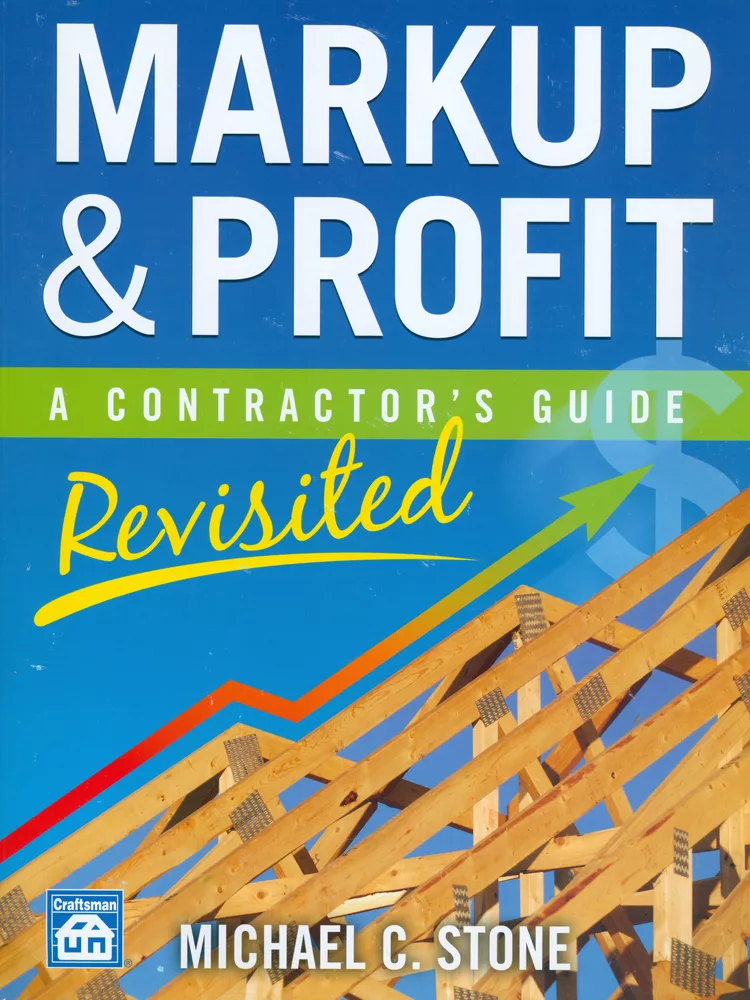A Roofing Contractor’s Guide to Sustainability
Helping homeowners consider sustainable roofing options is more important than ever for roofing contractors
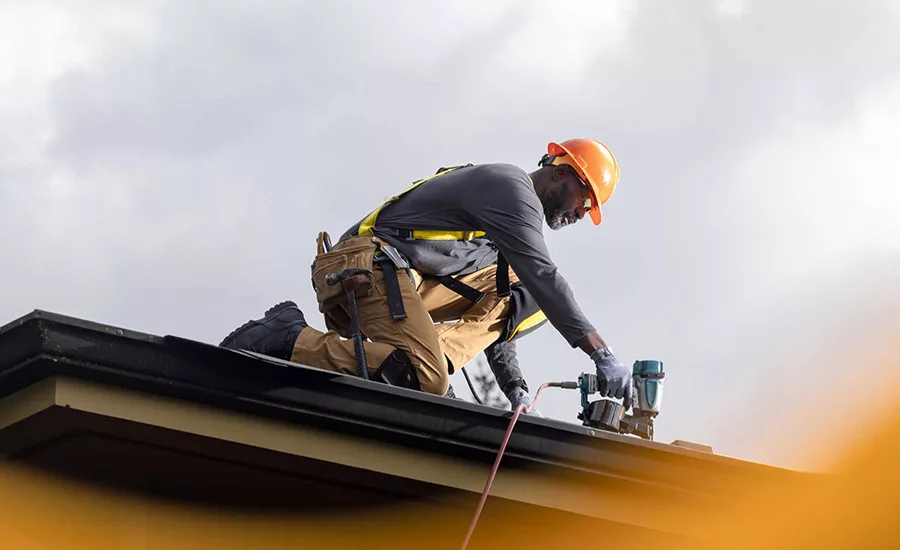
Photos courtesy of CertainTeed.
The building industry still has much ground to cover when it comes to reducing its environmental impact.
Recent statistics revealed that buildings are responsible for 40% of global carbon dioxide emissions annually. Emissions from finished structures are one part of the problem. Waste is another, and building construction and demolition generates 600 million tons annually in the United States alone.
The good news is that industry conversations around these topics are already happening. Everyone from product manufacturers to the architectural community to GCs is starting to make strides in sustainability.
In the residential roofing industry, approximately 13 million tons of asphalt shingles are landfilled in the United States annually; contractors are starting to reckon with the scale of the waste problem. Imagine enough shingle waste to fill the Dallas Cowboys’ stadium five times yearly, and you get the idea of what’s being buried in American soil.
Caring about the environment is no longer just an ethical issue for roofing contractors. There’s also a strong business case for getting educated about sustainability efforts in the industry: it matters to your customers.
In one recent study commissioned by Saint-Gobain, 63% of contractors say they are often asked about sustainable disposal practices.
With a rise in public consciousness about how individual purchasing decisions impact the planet, homeowners are especially educating themselves on purchases of everyday home improvement products like asphalt roofing shingles — and they’re often turning to roofing pros to help round out that education.
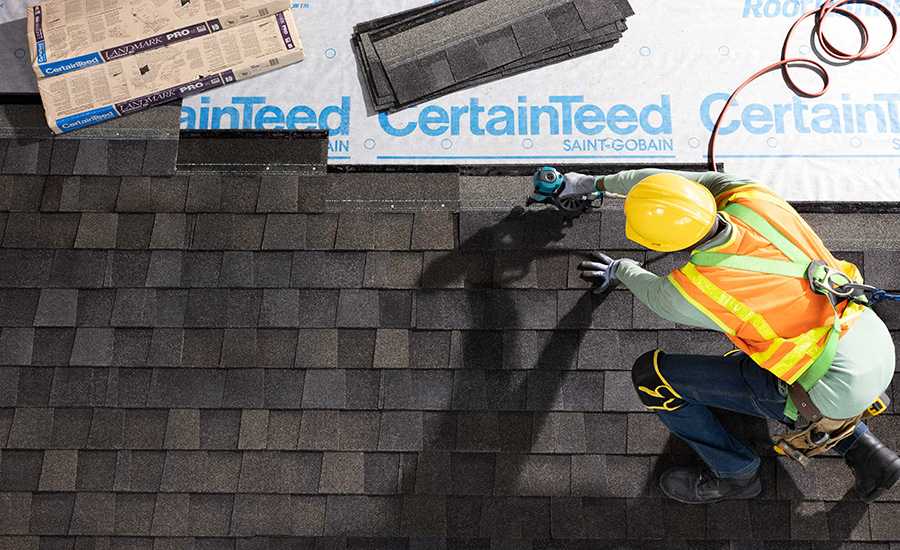
Having knowledge such as how much energy is used to create shingles and what happens to them once their lifecycle is done will help you educate customers on sustainable roofing.
Roofers as Educators
To provide your customers with the service and guidance they’re looking for, it’s critical to familiarize yourself with what’s happening in the building industry regarding sustainability. That often comes down to knowing what steps shingle manufacturers are taking to make their processes more sustainable and how their products help you and your customers lower your environmental impact.
There are four primary considerations to serve as your starting point with asphalt shingles:
The energy required to manufacture them
The source materials used to create them
The energy savings offered by their performance
What happens to them when they’ve reached their end of life
Thanks to their relatively lower cost, a multitude of performance features, and an array of color choices, asphalt shingles are America's most popular residential roofing material, which means you probably install more of it on homes than any other material. It pays to get a handle on sustainable roofing for you and your customers.
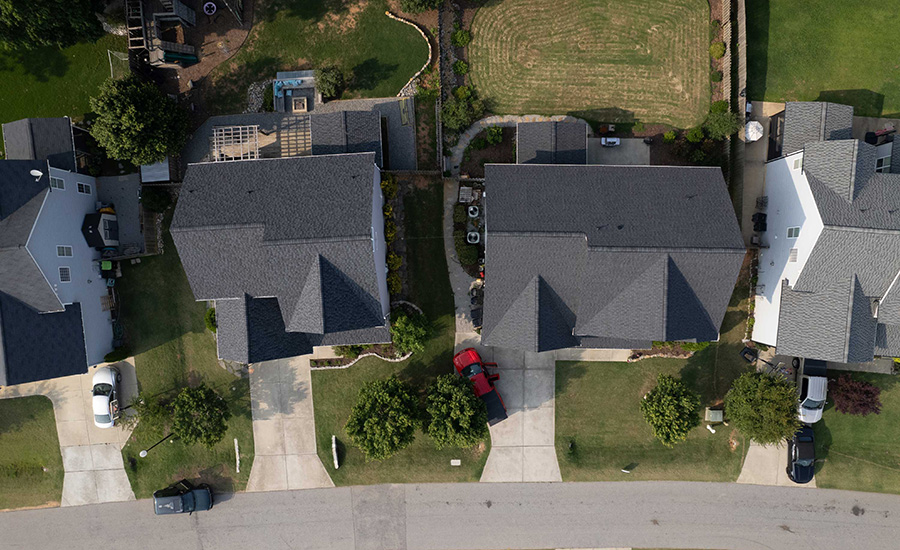
Because it avoids tapping into new natural resources, non-virgin raw material is a much more sustainable option for producing asphalt shingles.
Assessing the Manufacturing Process
Assessing roofing product sustainability begins with how manufacturers operate their facilities. Are they actively reducing CO2 emissions in the making of their products? Are they scaling back water use? Are they limiting product waste from the manufacturing process? Do they have clearly defined and easily accessible goals around these initiatives?
Some roofing manufacturing facilities are going above and beyond in these areas. One award-winning Minnesota-based plant, for example, is diverting upward 300 tons of industrial waste from landfills annually and has implemented multiple energy efficiency projects that offset 925 metric tons of CO2 emissions annually, equivalent to 206 gas-powered cars driven for one year.
Another facility under the same roofing product brand has reduced landfill waste by 14% annually simply by rethinking its packaging materials and processes. That same brand is now sourcing 35% of its electricity company-wide for manufacturing shingles from renewable energy sources.
Manufacturers often include this type of data in brochures and other marketing materials. Check with your local distributor for any available sustainability information about the product line or chat with manufacturer reps, who can provide additional information.
Source Material
Every roofing manufacturer has its propriety mix of ingredients that makes up its products, but generally, asphalt shingles comprise four main components:
Asphalt, which comes from the processing of petroleum for crude oil-based products
A back-surface layer to prevent shingles from sticking to each other in storage
A fiberglass mat for reinforcement
Granules of fine-grain crushed rock particles to add color and reflect ultraviolet sunlight
The materials used to create shingles can be derived from various sources. Among those sources, you’ll typically see two primary classifications: virgin raw material, which is extracted directly from nature without processing (think rock or timber), and non-virgin raw material, which is recycled and reintroduced into the product stream.
Because it avoids tapping into new natural resources, non-virgin raw material is a much more sustainable option. And the industry is making strides toward sourcing recycled content.
One indicator to look for with products is GreenCircle Certification, which is the industry standard for third-party verified sustainability claims related to a manufacturer’s products. If a manufacturer’s shingles are GreenCircle Certified, you can be assured that they contain a portion of recycled content and that the manufacturer’s claims are accurate and verified.
Some manufacturers are going even further by working toward a circular shingle economy. The goal is to recapture end-of-life shingles and use them as source material for new products.
Transparency is also a key factor. When a manufacturer makes it easy to access clear information about the materials that go into the makeup of their products, roofers and homeowners alike can make more informed decisions.
In addition to GreenCircle Certification, Environmental Product Declarations, or EPDs, are effective places to look. EPDs are documents that transparently communicate what products are made of and their environmental impacts. Some manufacturers include EPD sections directly on their websites or provide links to where to find them.
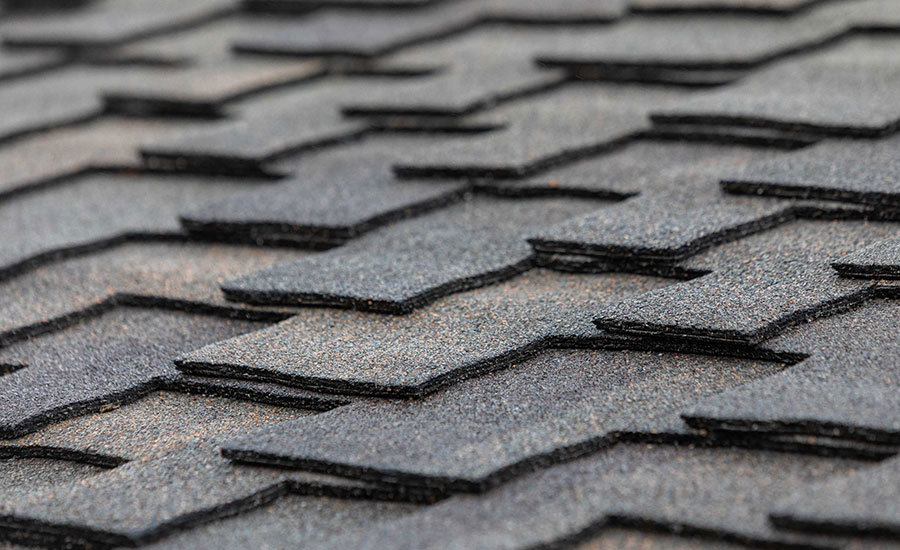
Using shingles with cool roof technology means transferring less heat to the home, lowering utility usage for air conditioning and, by extension, generating less greenhouse gas.
Shingle Performance and Environmental Impact
Another critical component in assessing sustainable roofing is how the shingles perform throughout their lifecycle. Some roofing brands specifically build technology into their shingles to help save energy, resist extreme weather, and remain durable over time.
Some manufacturers' shingles include cool roof technology explicitly designed to reflect higher levels of solar heat. More than 90% of the roofs in the United States are dark in color, absorbing the sun’s heat, increasing the surface temperature, and forcing HVAC systems to use more energy. A cool roof transfers less heat to the home, lowering utility usage for air conditioning — and, in turn, decreasing the demand from greenhouse gas-emitting energy sources.
Long-term durability is another important factor. Asphalt shingles must remain pliable enough to avoid cracking over time and robust enough to resist hail damage and blow-off from high winds. Some shingles also include components that resist algae growth. Durable roofs remain attractive for longer and require less frequent repair or replacement, which means fewer resources are needed to maintain them.
With an extended lifespan and energy-saving technology, using fewer resources, and needing to be replaced less, contractors can help homeowners reduce their environmental impact with their shingle choices.
Prioritizing Recyclability
Equally important to what goes into shingles is where they go once they’ve reached the end of their lifecycle. Surveys indicate that when homeowners consider the environmental impacts of their product choices, recyclability and recycled content are key considerations.
Asphalt shingles are engineered to protect homes and precious property over the long term, which means they’re built to last long after removal. Shingle recycling is the most effective way to prevent end-of-life shingles from ending in landfills.
One example is manufacturers investing in technologies that repurpose shingle waste from the manufacturing process and construction and demolition sites into an additive for asphalt road paving mix.
Some manufacturers are also moving toward technologies that allow them to direct shingle waste into new shingle products for a two-fold net effect: Not only are old shingles diverted from landfills, but new shingles can be sourced with less reliance on virgin raw materials.
Toward a More Sustainable Future
Sustainability in roofing is not just a trend but a necessity for the success of roofing contractors, the industry's future, and the well-being of our planet. Roofing professionals play a pivotal role as educators and advocates for sustainable practices, ensuring that the roofs they install today contribute to a greener and more sustainable tomorrow.
Looking for a reprint of this article?
From high-res PDFs to custom plaques, order your copy today!




.webp?height=200&t=1724950853&width=200)

